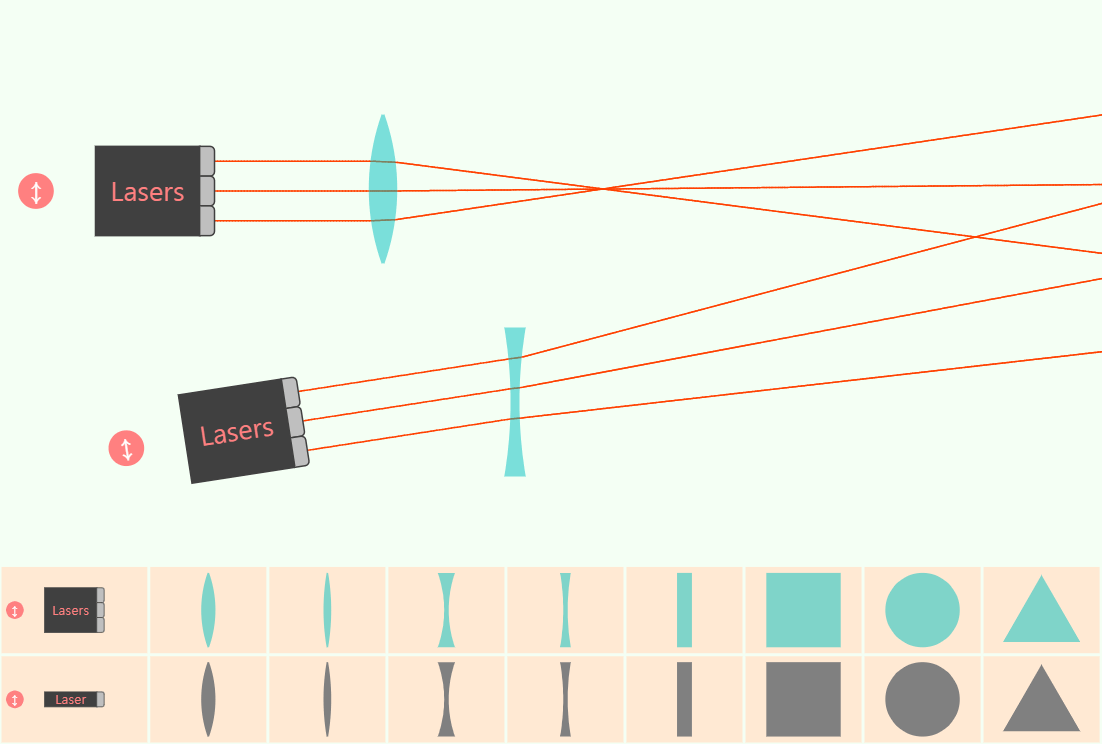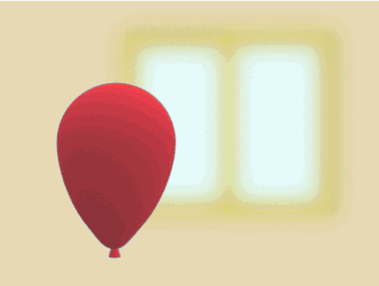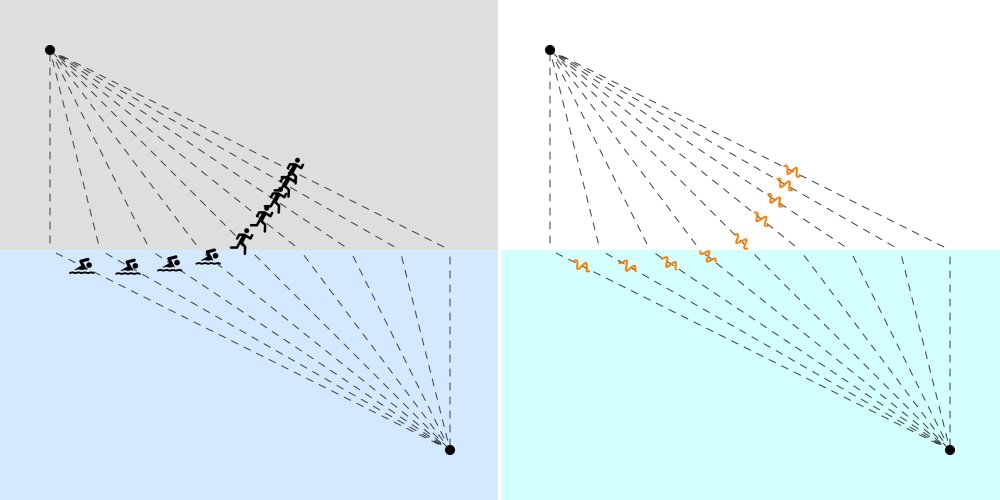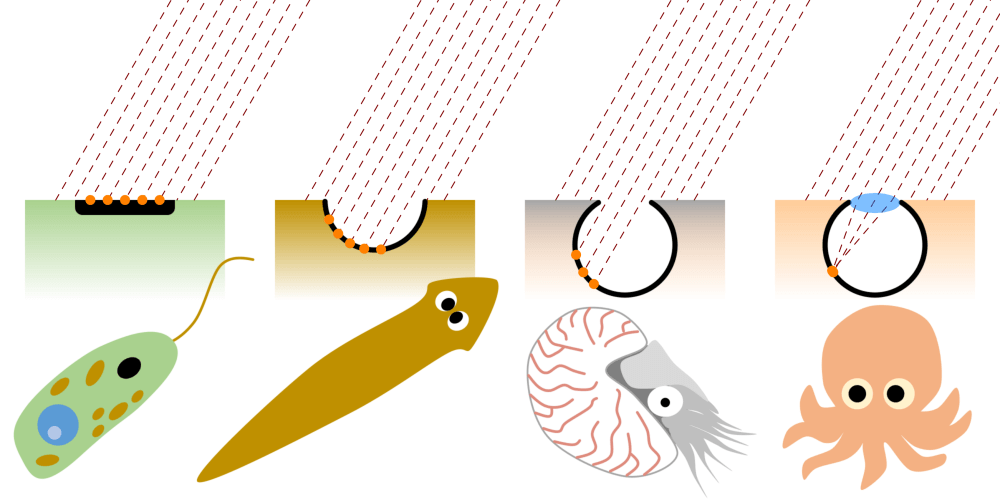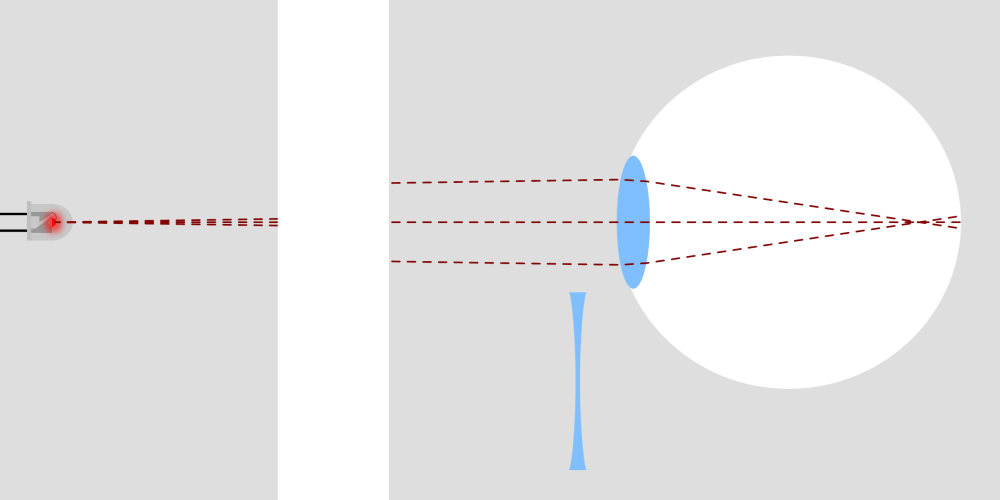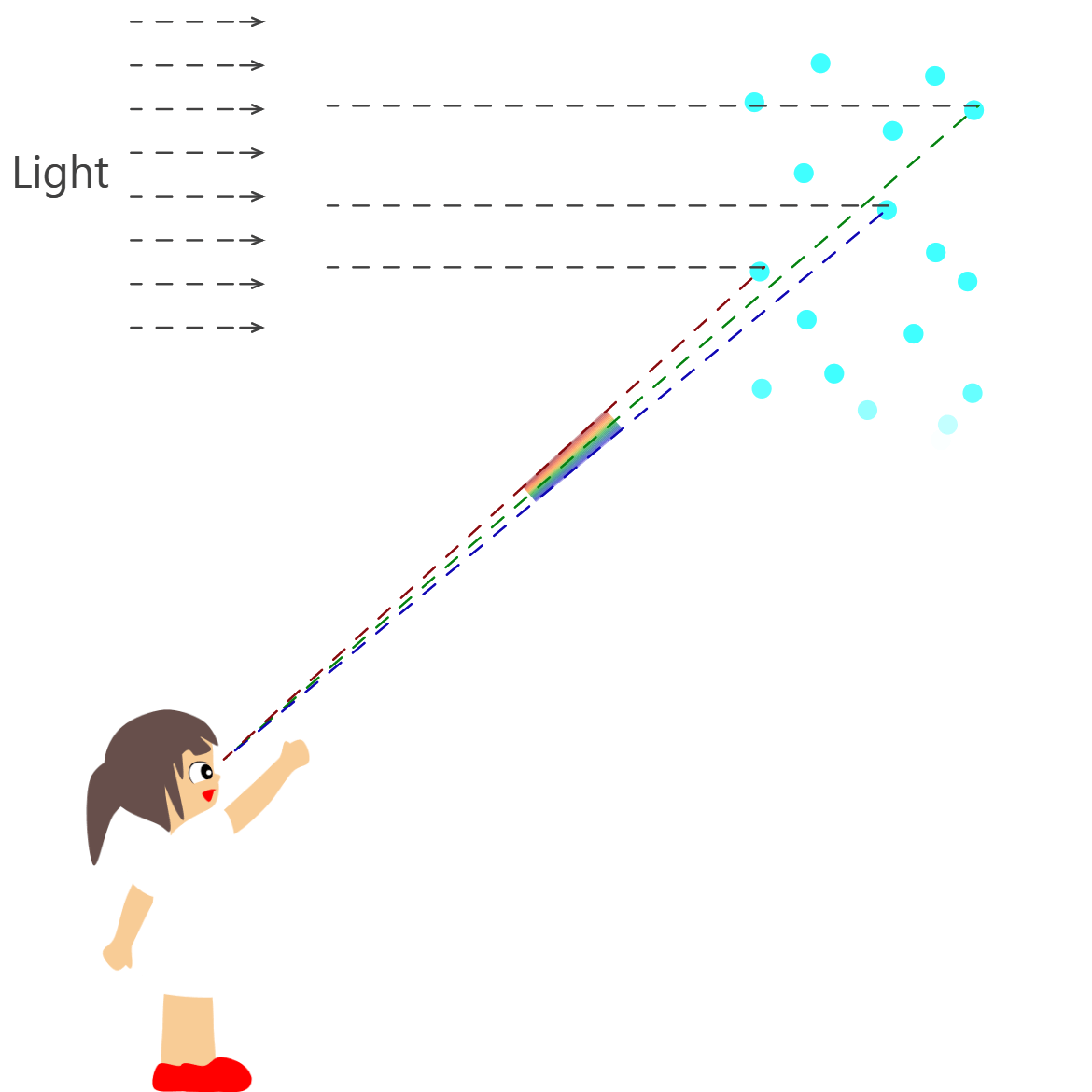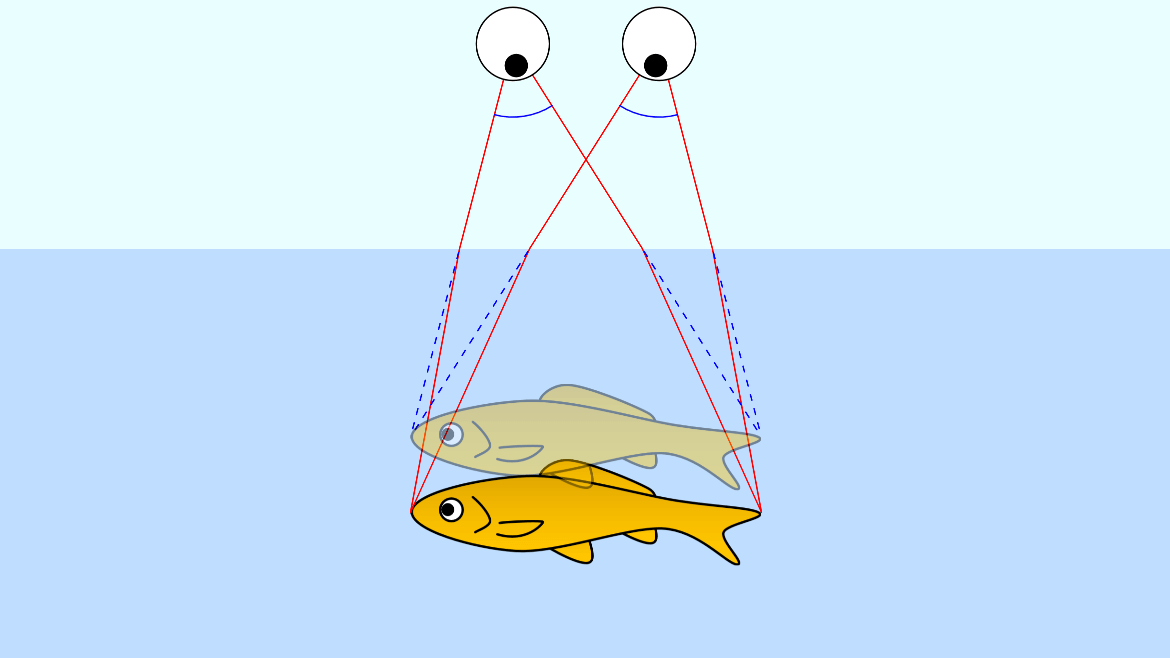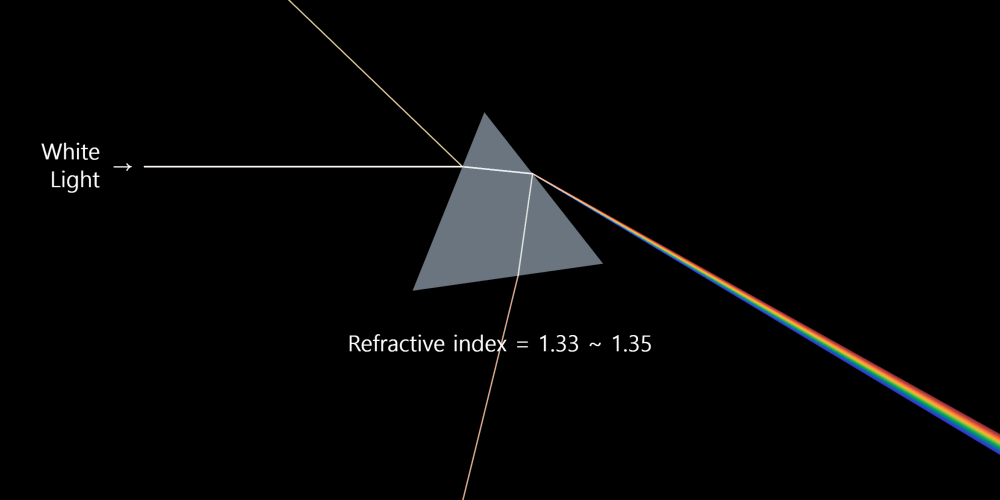Optical Experiment Simulator
It is an optical experiment simulator consisting of a slit laser, lenses, and mirrors of various shapes. You can experiment by dragging the tool you want. Slit lasers are rotatable. Try dragging the red icon behind … more
